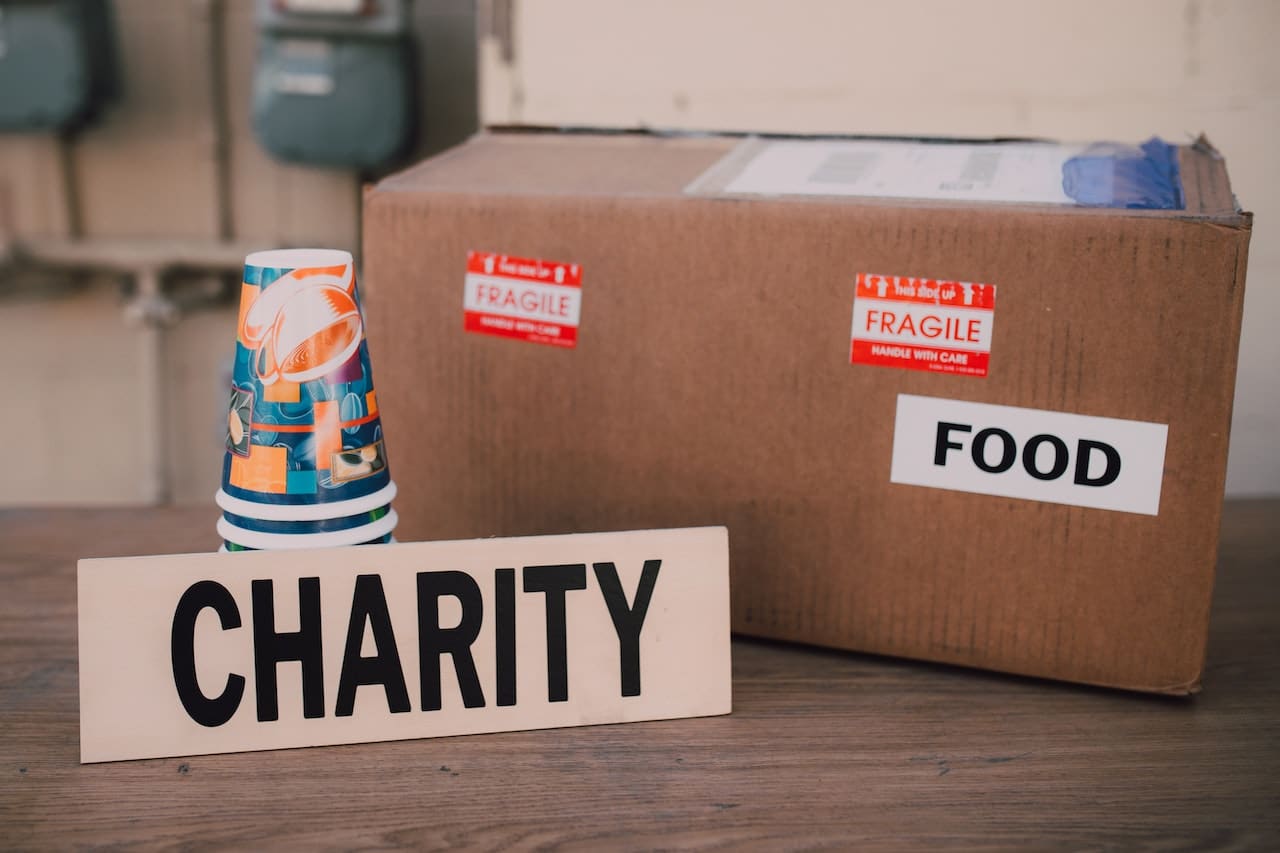

In the PSID statistics, the top regions for donations as a percent of income are the Mountain West, the East South Central states (Tennessee, Alabama, Mississippi, Kentucky), the West North Central states (South Dakota, North Dakota, Iowa, Kansas, Minnesota, Missouri, Nebraska), and the West South Central states (Arkansas, Texas, Oklahoma, Louisiana). The Fraser Institute and the Catalogue for Philanthropy have each used variations of this method to reveal what fraction of their annual resources residents are giving away to philanthropic causes, versus consuming or saving for themselves. The most straightforward measures match the itemized charitable donations of local taxpayers to their incomes (both pulled from official IRS figures). There have been several attempts to compare the charitable giving of different U.S. You’re about to learn what today’s best social science has to say about the geography, demography, and economics of generosity in America. So we have methodically waded through heaps of studies and drawn out for you the clearest findings. population vary in their giving, and if so, how much? What exactly do we know about who gives in America, and what motivates them?ĭissecting who is generous and who is not can be controversial. Third is the potent entrepreneurial impulse in the U.S., which generates overflowing wealth that can be shared, while simultaneously encouraging a “bootstrap” ethic that says we should help our neighbors pull themselves up (partly because, in our freewheeling economy, we could be the ones who need help next time).īut what lies beneath our high national average? Do subgroups of the U.S. A second explanation is our deep-rooted tradition of mutual aid, which has impressed observers like Tocqueville since our founding days. Religion motivates giving more than any other factor. Foremost is the fact that ours is the most religious nation in the industrial world. There are many reasons for this American distinction. Even our cousins the Canadians give to charity at substantially lower rates, and at half the total volume of an American household.

Per capita, Americans voluntarily donate about seven times as much as continental Europeans. This is different from the patterns in any other country. households donate to charity in a given year, and the typical household’s annual gifts add up to between two and three thousand dollars. The rest-81 percent-came from individuals.Īnd among individual givers in the U.S., while the wealthy do their part (as you’ll see later in this essay), the vast predominance of offerings come from average citizens of moderate income. Actually, of the $358 billion that Americans gave to charity in 2014, only 14 percent came from foundation grants, and just 5 percent from corporations.

It is easy to think of philanthropy as something done by the very wealthy, or big foundations, or prosperous companies. These gifts, products of modest offerings from local foundations or groups of community donors, accumulate in powerful ways to make our daily existences safer, sweeter, more interesting. The park that adds so much to your family life. The church-organized handyman service that keeps your elderly mother in her home. The Rotary scholarship that allowed you to become dear friends with a visiting Indonesian graduate student. The children’s hospital where the burned girl from down the street was saved. The fireworks show that delighted your town this week. Yet such microphilanthropy leaves deep imprints in almost every corner of American life, due to its sheer density and the intimate ways in which it is delivered. At first glance this modest, unsplashy, omnipresent giving may seem mundane. From Alaskan bush villages to center-city Manhattan, local-scale philanthropy unfolds every day in nearly all American communities.


 0 kommentar(er)
0 kommentar(er)
